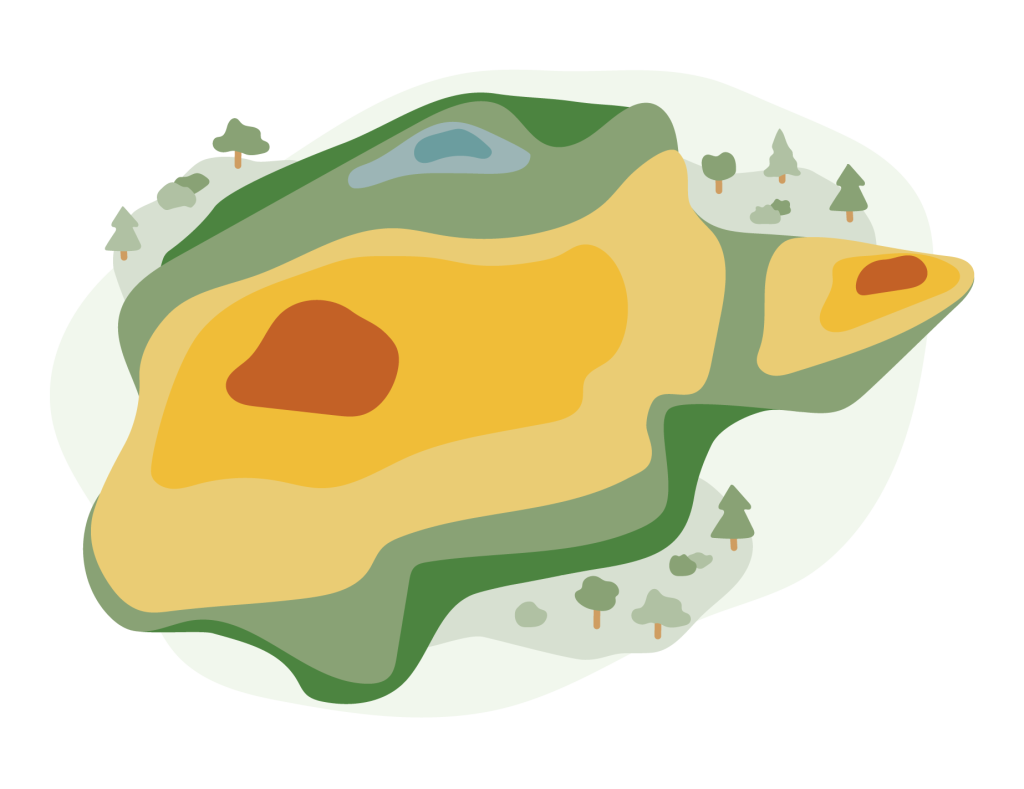Important trends that drive digitalization in agriculture
The farming business is changing due to effects from data, artificial intelligence, and automation. And whether you like this change or not, it will become important for you to understand what is happening, why it is happening now, and how you can navigate the new landscape to put you and your business in a good position.
Global mega trends that affect you and your business
Every type of business are affected by the mega trends that are part of our society today, and the farming business is no exception to this. When we started AgriOpt (the company behind Agtechers), we had the vision to create value from all the data that is available in agriculture. Since then, the trends within digitalization, artificial intelligence, and autonomy have become even stronger and today they transform agriculture.
In our analysis of the trends affecting agriculture today, we conclude that there are several types of mega trends that can be divided into three main types: “pushing trends” that are forcing the business in a certain direction, “pulling trends” that are incentives for the business to move the business in certain directions, and “enabling trends” that are related to the technology development that makes the transformation possible.
The combination of these trends create external pressure, internal needs, and technical possibilities that together drive transformation.
"Pushing trends" - put more requirements on you
A sustainable food production...
One of the strongest trends in society that affects agriculture today is the focus on sustainable food production. A couple of years ago, the focus was mainly on decreasing negative climate impact, but today also increasing the bio diversity and food production are important as well.
The focus on sustainable food production increase the amount of regulations related to the farming business, but the consumers are also requiring better traceability of the journey from farm to table. As a consequence, the requirements on reports have increased significantly and it will probably continue to do so to satisfy the demands from the society.
... in a changing climate
It’s a good thing that we try to reduce the environmental footprint of agriculture, but at the same time the climate is actually changing on a global scale and we need to adapt to the new climate conditions. The changing climate can provide new possibilities to introduce for example new crops in your crop rotation, but it is also expected that extreme weather such as droughts and flooding will be more common in the future.
To cope with the increased demands for reporting and the changing climate, technology and digital solutions can be used to automate reporting to avoid spending lots of time and effort on that tedious work. Technology can also be used to make the farming operations more resilient to extreme weathers due to the changing climate.
Possible new revenues from agtech
New business models are popping up that are related to the mega trends in sustainable food production. One such type business model that is very interesting is paying the farmer for ecosystem services, since this opens up a new revenues stream connected to a product that is highly valued by society – namely the protection of the environment and climate. With these business models, a farmer is not only producing food but also doing services for the society to preserve and improve environmental factors such as biodiversity. To us, the main idea should not be to reduce production in favor of new business models, but rather combine the food production with smart actions that also improve environmental factors in a positive way. Examples are getting payed for carbon credits for “capturing” carbon in the soils (that is, improving soil organic content which have positive effects on yield), or decreasing the risks for eutrophication or flooding to down-stream cities by building small ponds at key places (that can also be used as sources of water for irrigation). Often, these actions are good both for the production of food and for the environment if implemented in a smart way.
"Pulling trends" - creates incentives for change
There are several mega trends that are providing good incentives to use more technology and digital solutions in your business operations. Two of the most important ones for agriculture are demographic changes with a strong urbanization that makes it difficult to hire employees with the right competence, and a market situation where operational and financial costs are increasing more rapid than revenues, meaning that the profitability is affected negatively.
Using the right agtech solutions at the right time can partly solve the problems from both these mega trends, since they are increasing the demands for efficient and automated operations. Put simply, fewer people should produce more food by using less inputs which demands smart use of technology in combination with other actions.
Possibilities to improved profitability

An example where technology can be used to improve profitability in agriculture is precision farming, where the goal is to do the right thing, at the right place, in the right amount, and at the right time. When prices for inputs such as fertilizers and seed are increasing it becomes even more relevant to apply precision farming technologies to vary the inputs to match the crops’ need.
By creating so called prescription map for important and expensive inputs, also employees and contractors with low experience of crop production can apply a site-specific treatment that is well adapted to the varying crop need. A prescription map is a digital file containing a map that can be used by the computer in the tractor to vary the amount of inputs applied to the field at different GPS positions.
In the simplest case, this prescription map could be done manually by the experienced farmer or agronomist in a digital tool and where the application rate at different parts of the field are determined from their observations and experiences. But it could also be create using for example AI by combining satellite images, yield maps, soil maps, and weather information together with the farmer’s experiences.
"Enabling trends" - makes things possible
Enabling trends are mostly related to technology development and the possibilities that new technology solutions bring. We will dig deeper into the technology trends in later Agtech Letters and Agtech Deep Dives, but here we provide some three trends to give you some examples of what these trends are all about.
Efficient cloud solutions and digital infrastructure
Today there is a wide availability of cheap and extremely scalable digital infrastructure such as cloud platforms and services offered by several providers such as Google, Amazon, Microsoft, and others. This digital infrastructure provides means for cheap storage of large amounts of data (“big data”), but also provides the means to easily create digital services that can synchronize data and information between different units such as smartphones, PCs, and machines.
Cheaper hardware and sensors
The development of hardware for computing (“computers”) and sensors in other adjacent business such as the automotive and construction businesses are also useful for agriculture. Since hardware is developed in many different areas of business, the cost for hardware development is shared on many businesses and hence the cost for hardware such as compters and sensors are lower than before, meaning that it is cheaper to include more and better hardware in products.
More powerful algorithms for AI and autonomy
There is a “race to autonomy” in many businesses today and the development of algorithms for artificial intelligence and autonomy is moving forward at a fast pace. Since many problems in agriculture are also shared with other business, similar algorithms can be used to solve problems in the farming business and we do not need to invent the wheel once again just to apply the technology to agriculture. Of course, some problems are unique to the farming business but much can be shared with others to keep costs down and development speeds high.
Agtechers' Actions
Make a mental inventory of your most demanding tasks in terms of cost and or time and look for solutions where technology can help you solve the task more efficiently.
In the next Agtech Letter we will start looking under the hood of artificial intelligence to begin to understand why it is so special related to earlier technology, but also why its not magic.

